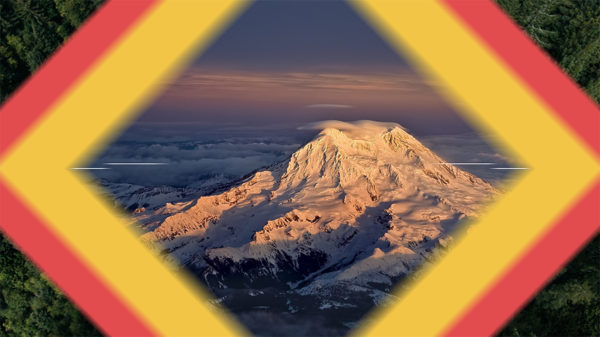In this quick tutorial, we will learn to create a really cool camera shake transition in After Effects, which can be used both for video and image transitions.
Subscribe to my Channel Download the Template
Camera Shake Transition Tutorial Transcript
Hey, welcome back to my new video. This is EZ tutorials, and for those of you who are the first time in this channel, please consider subscribing. Today we’ll be creating a nice camera shake transition.
Before we start, I’d like to invite you to support me on Patreon. You can also get access to all my premium content.
Assuming that you’ve already imported your footage into After Effects, create a new composition and name it: camera shake transition. I’m using a FULL HD 1080 pixels preset, with 30 frames per second, and 2 seconds long.
Create another composition and name it: Image 1. Use the same settings as before, but make it 1 second long.
Duplicate this composition, then bring your first image into the Image 1 composition, open the Image 2 composition, and bring the second image into it.
Now, close this 2 compositions and go back to your Camera Shake Transition comp. Bring the image 1 and Image 2 comps here, move to 1 second, and offset the top layer.
Search for the Motion Tile effect, and apply it to your Image 1 layer. Change the output width and height values to 300, and check the mirror edges box.
Copy this effect, and paste it to the Image 2 layer.
Move to 10 frames, select the image 1 layer, open the scale options, and create a keyframe here. Go to 1 second, and change the scale values to 50%. Select both keyframes and easy ease them, then, open the graph editor and drag the curve all the way to the right.
Select the Image 2 layer, and open its position options. Change its values to 920 and 270, and create a keyframe at 1 second. Move 2 frames forward, and change the position values to 1140 and 645. Move 5 more frames, and change the values to 905 and 530. Move another 7 frames, and change the values to 1005 and 575. Then, move 7 more frames, and change the values to 960 and 540, to align back the image to the center.
Go to 1 second, open the rotation of the Image 2 layer, create a keyframe and change the rotation angle to -1 degrees. Make visible all the keyframes of this layer. Move to the next position keyframe, and change the rotation angle back to 0. Go to the next keyframe and change the value to 3. Move to next keyframe and change the angle to -1.6 degrees. Then, go to the last keyframe, and change the rotation angle value to 0.
Select all the keyframes of the image 2 layer, and easy ease them. Check the motion blur boxes on both layers, activate the effect from here, and your transition is ready.
The easiest way to use this transition multiple times in one project, is to render all the transitions you need separately, then import them into your project and place them on top of your footage, right in the place where your cut point is. Don’t worry, the render time is very fast.
I hope you enjoyed my tutorial on how to create a camera shake transition in After Effects.
Don’t forget to subscribe my youtube channel and comment. It would be great to know your opinions on my tutorials. Also, you can make requests for new tutorials, on interesting effects or animations that you would like to learn. See you soon.



